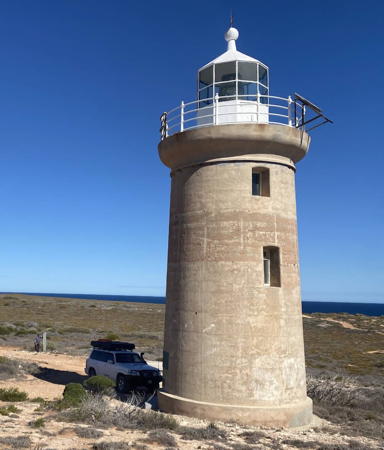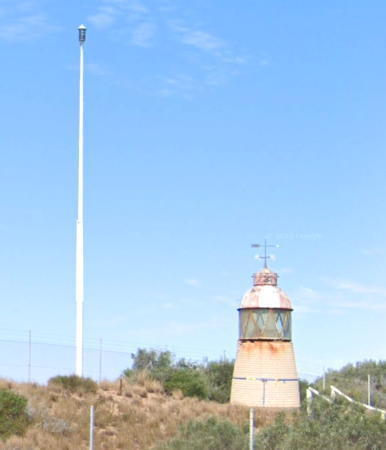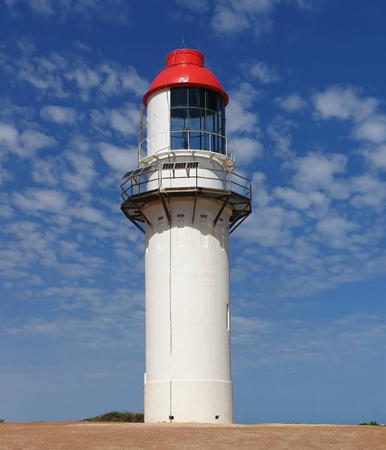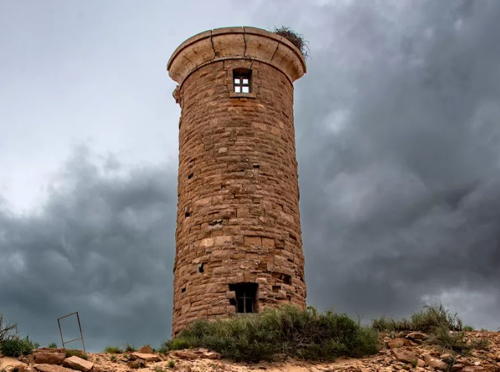The independent Commonwealth of Australia occupies the entire Australian continent, the island of Tasmania, and numerous smaller islands. British exploration and settling of the continent began late in the 1700s, with the first colony established in the Sydney area in 1788. By the 1850s there were six British colonies, including New South Wales and Queensland in the east, Victoria and South Australia in the south, Western Australia in the west, and Tasmania off the south coast. The Commonwealth was formed on New Years Day 1901 as a federation of the six colonies. Australia is both the smallest continent and the sixth-largest country in the world, with a population of about 26 million.
The state of Western Australia includes all of the continent west of longitude 129° East. It is by far the largest state in the Australian union, including roughly one third of the country and about the same fraction of the coastline. The coast sweeps in a great semicircle, facing south on the Southern Ocean, west and northwest on the Indian Ocean, and north on the Timor Sea. A large part of the coastline is wild and thinly populated and there are some very large gaps between lighthouses.
Because of the large area of the state two pages are required in the Directory. This page includes lighthouses of the northern half of the coast: the Gascoyne, Pilbara, and Kimberley regions. A second page covers South Western Australia.
The coastal Western Australia lighthouses are managed by the Australian Maritime Safety Authority (AMSA), but after automation a number of the light station properties were transferred to the control of the state Parks and Wildlife Service.
ARLHS numbers are from the ARLHS World List of Lights. Admiralty numbers are from volume Q of the Admiralty List of Lights & Fog Signals. U.S. NGA numbers are from Publication 111.
- General Sources
- Lighthouses of Western Australia
- The section of the Lighthouses of Australia site devoted to Western Australia lights.
- AMSA Heritage Lighthouses
- An interactive map links to information and photos for the major AMSA lighthouses.
- Seaside Lights - Western Australia
- Photos and notes by Garry Searle.
- Lighthouses and Lightvessels in Australia - Western Australia
- Index to Wikipedia articles; many include photos.
- World of Lighthouses - Western Australia
- Photos by various photographers available from Lightphotos.net.
- Online List of Lights - Australia
- Photos by various photographers posted by Alexander Trabas.
- Leuchttürme Australiens, Neuseelands und Ozeaniens auf historischen Postkarten
- Historic postcard images posted by Klaus Huelse.
- GPSNauticalCharts
- Navigational chart for Western Australia.

Vlaming Head Light, Exmouth, April 2023
Google Maps photo by Bruach Colliton









